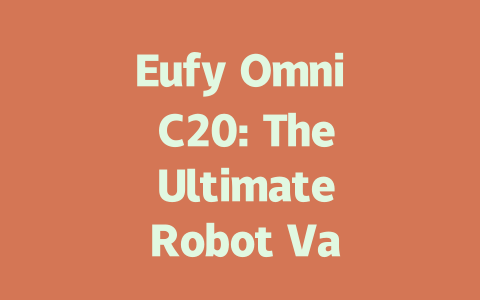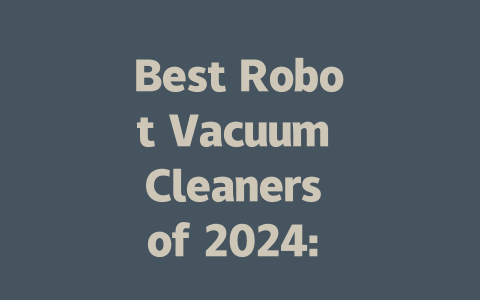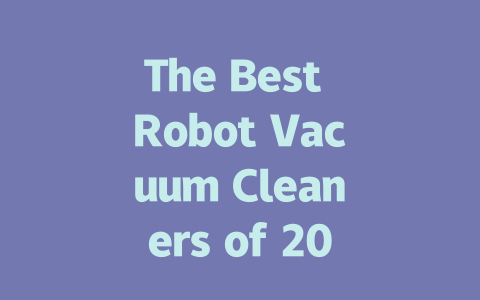
As technology continues to evolve, so does the way we clean our homes. Among the latest innovations in household cleaning is the lidar vacuum robot, a device that combines advanced sensing technology with smart design to redefine efficiency in home cleaning. This article delves into the fascinating world of lidar vacuum robots and examines their benefits, technology, and market trends.
What is a Lidar Vacuum Robot?
Lidar, which stands for Light Detection and Ranging, is a technology primarily used in autonomous vehicles, allowing them to navigate complex environments. Lidar vacuum robots use this technology to map and analyze the layout of a home with great precision. By emitting laser beams, these robots create a 3D representation of their surroundings, helping them identify obstacles, layout furniture, and determine the most efficient cleaning paths.
Advantages of Lidar Technology in Vacuum Robots
Enhanced Navigation and Mapping
One of the key advantages of lidar vacuum robots is their superior navigation capabilities. Unlike traditional vacuum robots that rely on pre-set patterns or random movement, lidar-equipped models can create detailed maps of your home, which allows them to navigate efficiently without missing any spots. This autonomous mapping feature means they can adapt to changes in your living space, ensuring a thorough cleaning every time.
Improved Cleaning Efficiency
With better mapping, these robots optimize their cleaning routes, which saves time and battery life. Lidar technology allows the vacuum to distinguish between different surfaces, so it can adjust its cleaning mode based on the type of flooring—carpet, tile, or hardwood. This context-aware cleaning ensures that each surface is treated appropriately, leading to a higher standard of cleanliness.
How Lidar Vacuum Robots Compare to Other Technologies
Lidar vs. Camera-Based Systems
While many robot vacuums utilize cameras for navigation, lidar systems generally provide more reliable performance. Camera-based systems can struggle with low-light conditions or reflective surfaces, whereas lidar functions effectively in various conditions. As a result, lidar-equipped robots tend to perform better in larger, more complicated spaces.
Price vs. Value
While lidar vacuum robots may come with a higher price tag compared to basic models, the long-term value they provide often justifies the investment. With superior cleaning capabilities, fewer missed spots, and extended appliance lifespan due to efficient navigation, the return on investment can be significant.
The Future of Lidar Vacuum Robots
As the market for smart home technology continues to expand, the demand for lidar vacuum robots is likely to increase. Innovations in artificial intelligence and machine learning will only enhance their capabilities, enabling even more efficient cleaning and smarter home integration. As manufacturers continue to refine these devices, we can expect new features such as advanced scheduling, remote monitoring through mobile applications, and connectivity with other smart home devices.
Conclusion
The lidar vacuum robot represents a remarkable advancement in domestic cleaning technology. With enhanced navigation, improved cleaning efficiency, and a host of future innovations on the horizon, these robots are likely to become a staple in the modern home. As our lives become increasingly busy, embracing such technology can provide not only convenience but also the assurance of a clean living environment. Whether you’re a tech enthusiast or someone looking for a more efficient cleaning solution, the lidar vacuum robot is paving the way for the future of home maintenance.









暂无评论内容